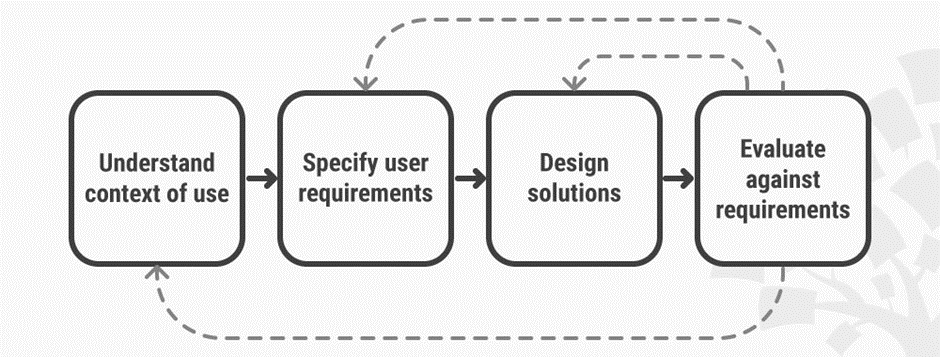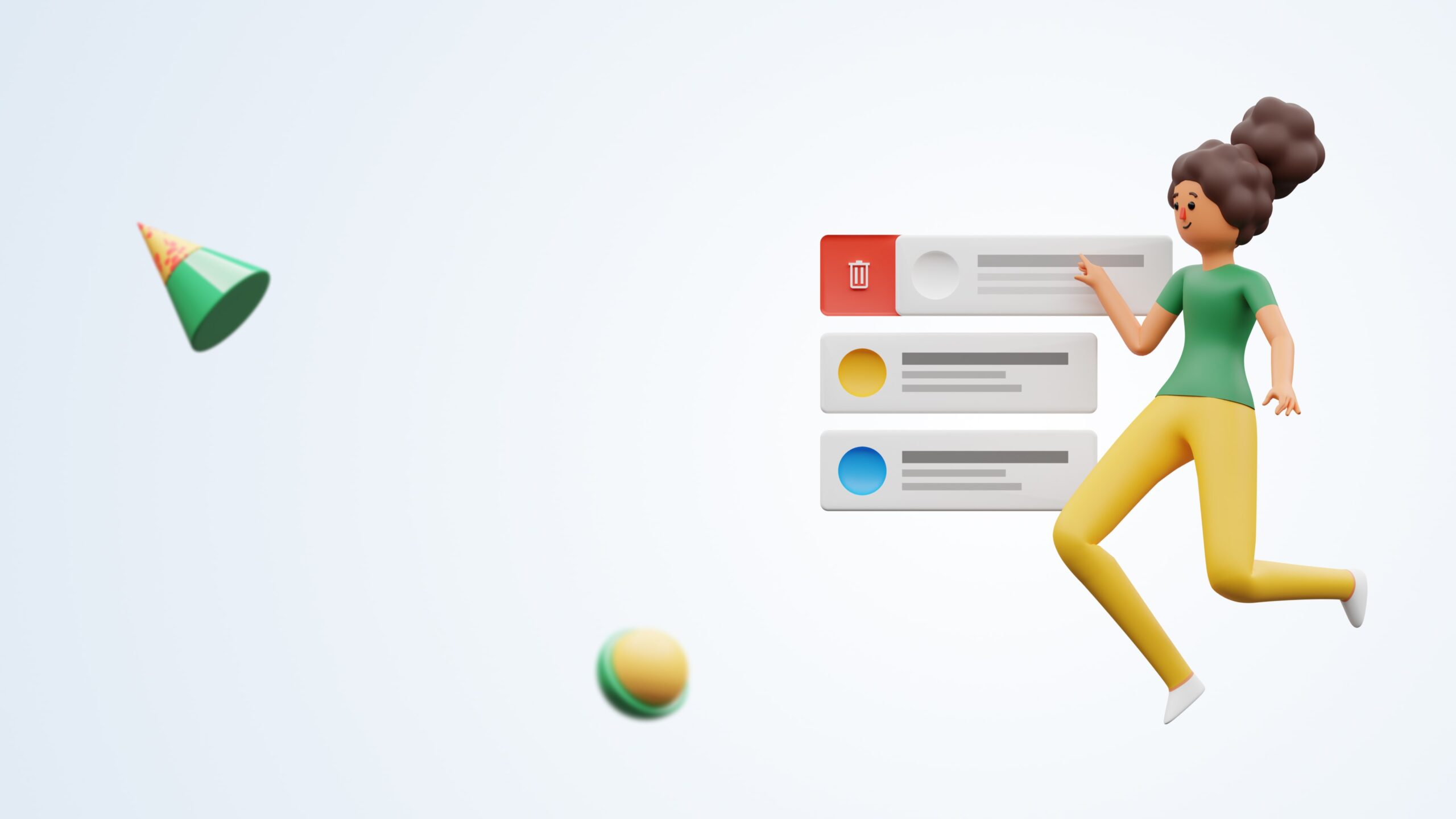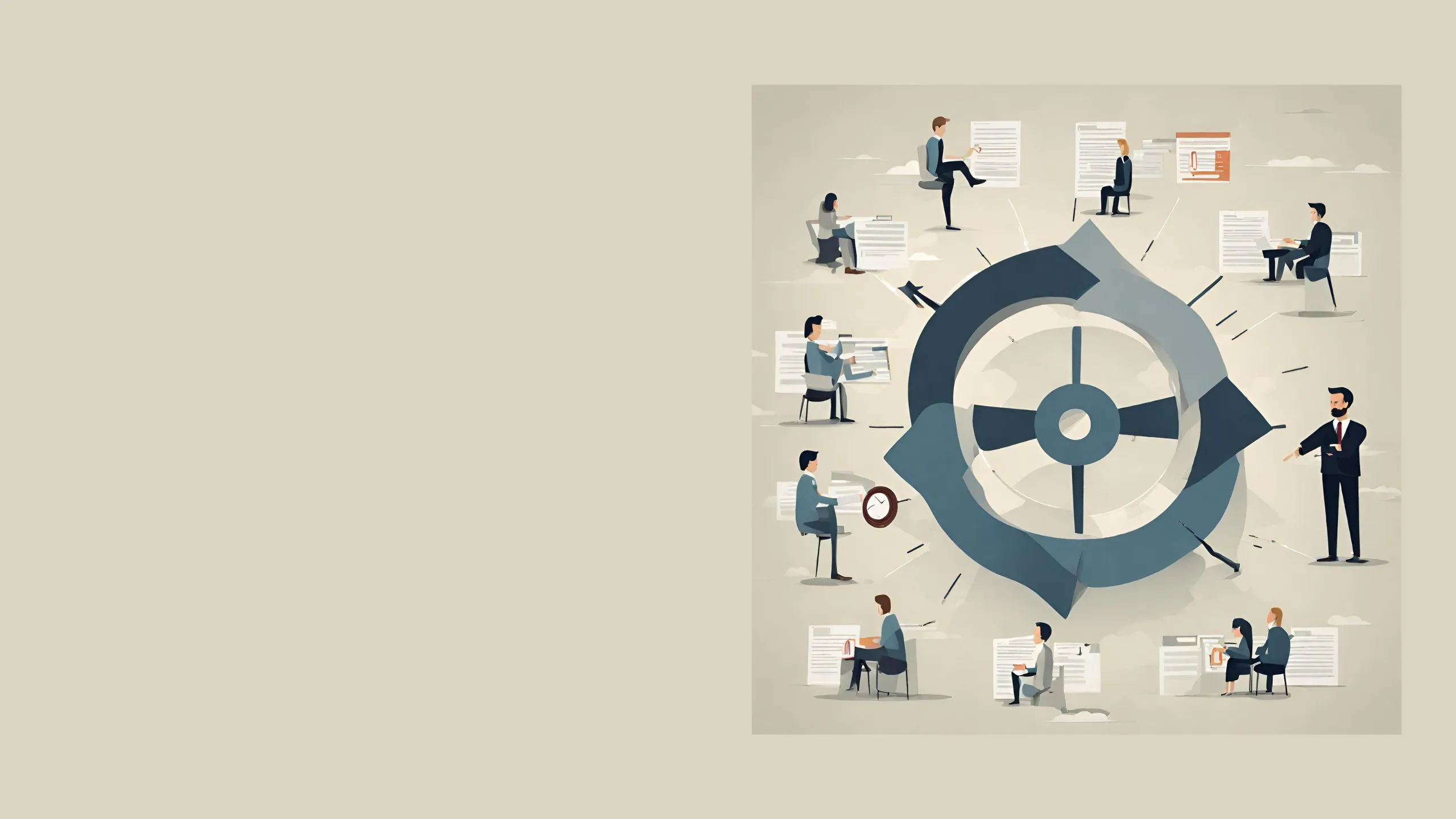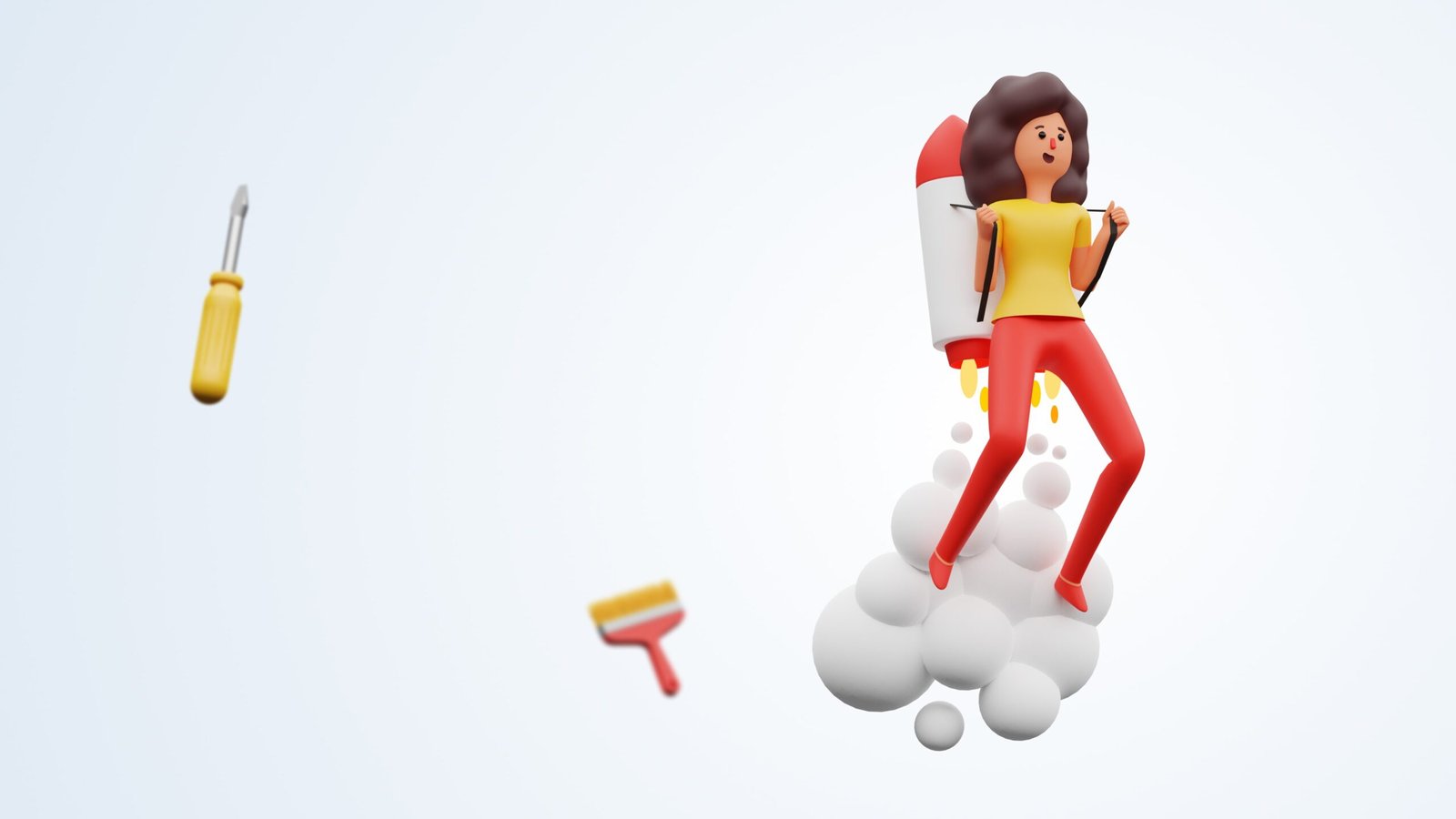It is a process which runs continuously (iterative Process) design process in which designers focus on the users and requirements in each phase
User-centric design is a design philosophy that focuses on creating products and services that are tailored to meet the needs and expectations of the end-user. This approach places the user at the centre of the design process and aims to create a user experience that is intuitive, efficient, and satisfying.
To achieve this, user-centric design uses a variety of techniques, such as user research, usability testing, and prototyping, to gather data about the user and their needs. This information is then used to inform the design of the product or service, and to iteratively improve the user experience over time.
One of the key principles of user-centric design is empathy for the user. This means trying to understand the user’s perspective, goals, and needs, and designing the product or service with these in mind. This can help to ensure that the final product or service is easy to use and meets the user’s needs, which can lead to higher levels of user satisfaction and engagement.
Another important aspect of user-centric design is usability testing. This involves testing the product or service with real users to see how it performs in the real world. This can help to identify any usability issues or problems that need to be addressed, and can also provide valuable feedback on how to improve the user experience.
In order to implement user-centric design, it is important to involve users in the design process as early as possible. This can be done through user research, usability testing, and other user engagement activities. By involving users early on, designers can gain a deeper understanding of the user’s needs and expectations, which can help to inform the design of the product or service.
Overall, user-centric design is a powerful approach to creating products and services that meet the needs and expectations of the end-user. By placing the user at the center of the design process, and using techniques such as user research, usability testing, and prototyping, designers can create user experiences that are intuitive, efficient, and satisfying.

The benefits of UCD are
- One of the key benefits of user-centric design is that it can help to increase user satisfaction and engagement. When a product or service is designed with the user in mind, it is more likely to meet their needs and expectations, which can lead to higher levels of user satisfaction and engagement. Additionally, user-centric design can also help to increase the overall effectiveness of the product or service, by making it more intuitive, efficient, and easy to use.
- Another benefit of user-centric design is that it can help to reduce the risk of failure. When a product or service is designed with the user in mind, it is more likely to be successful in the marketplace, as it will meet the needs and expectations of the target users. Additionally, by involving users in the design process, designers can gain valuable feedback and insights, which can help to identify potential issues or problems early on and address them before the final product is released.
- To implement the user-centric design, designers can use a variety of tools and techniques, such as:
- User research: This involves gathering data about the user and their needs, through methods such as interviews, surveys, and focus groups.
- Usability testing: This involves testing the product or service with real users, to see how it performs in the real world and identify any usability issues or problems.
- Prototyping: This involves creating a preliminary version of the product or service, which can be used to test and evaluate different design concepts and features.
- User personas: This is a fictional representation of the user, based on the data collected through user research. It helps to create a deeper understanding of the user and their needs.
- User journey mapping: This is a visualization of the user’s experience while interacting with the product, it helps to identify pain points or areas that need improvement.
- It’s important to note that user-centric design is an ongoing process, and designers must continue to iterate and improve the product or service over time, based on feedback from users and other data. By regularly re-evaluating the user experience and making adjustments as necessary, designers can ensure that the product or service continues to meet the changing needs and expectations of the user.
- In conclusion, user-centric design is an approach that focuses on creating products and services that are tailored to meet the needs and expectations of the end-user. By involving users in the design process, using techniques such as user research, usability testing, and prototyping, and continuing to iterate and improve the product or service over time, designers can create user experiences that are intuitive, efficient, and satisfying, which can lead to higher levels of user satisfaction and engagement.
Happy Learning!
Hope you like the content
UXCher




